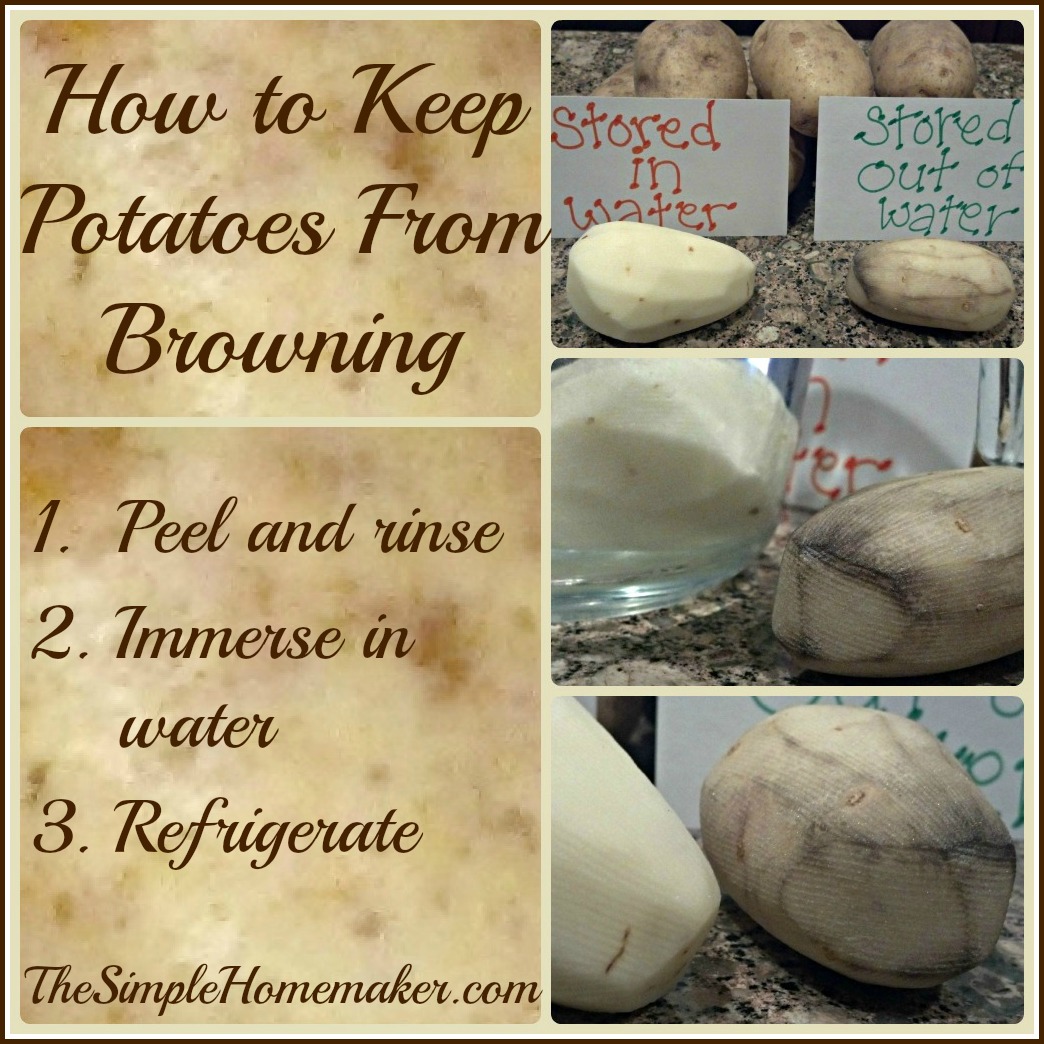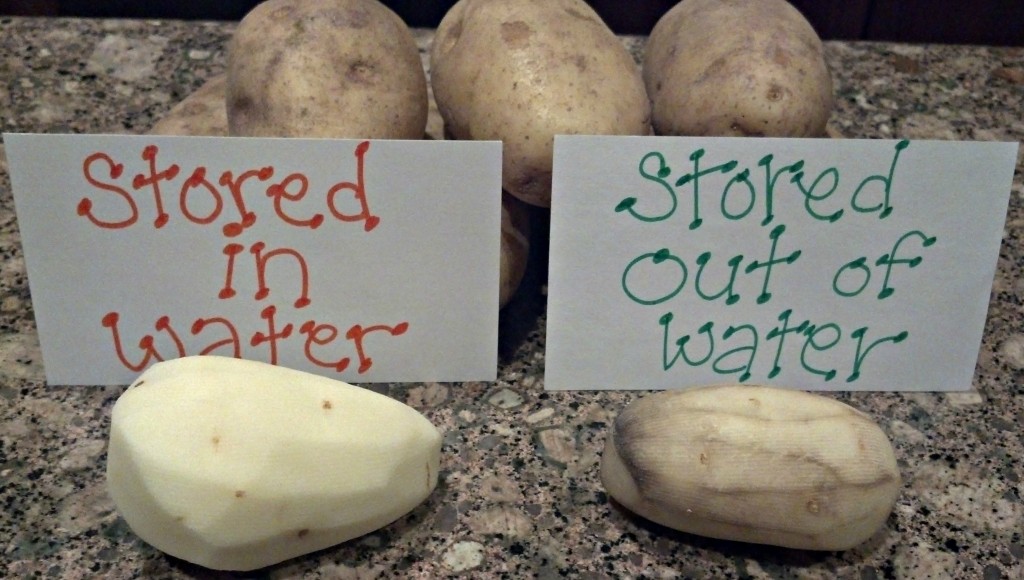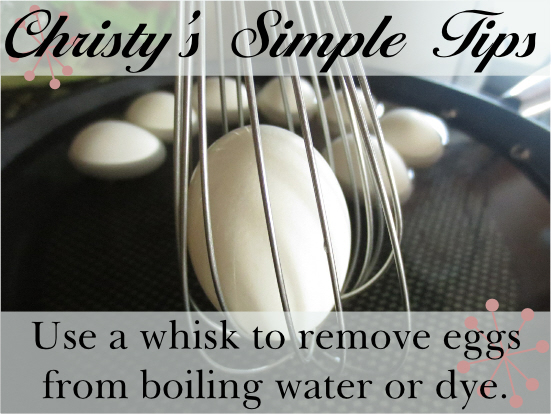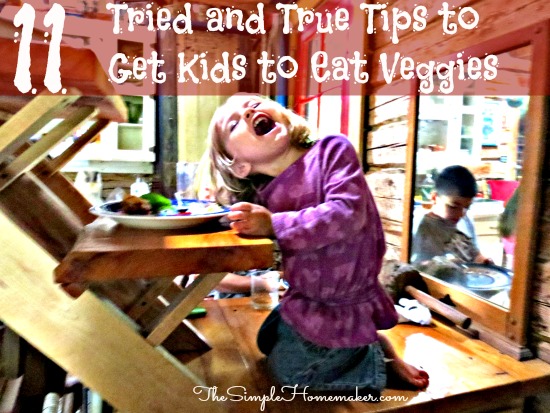This post goes out to Facebook fan Jessica. Good luck and have fun with your first major Thanksgiving cooking!
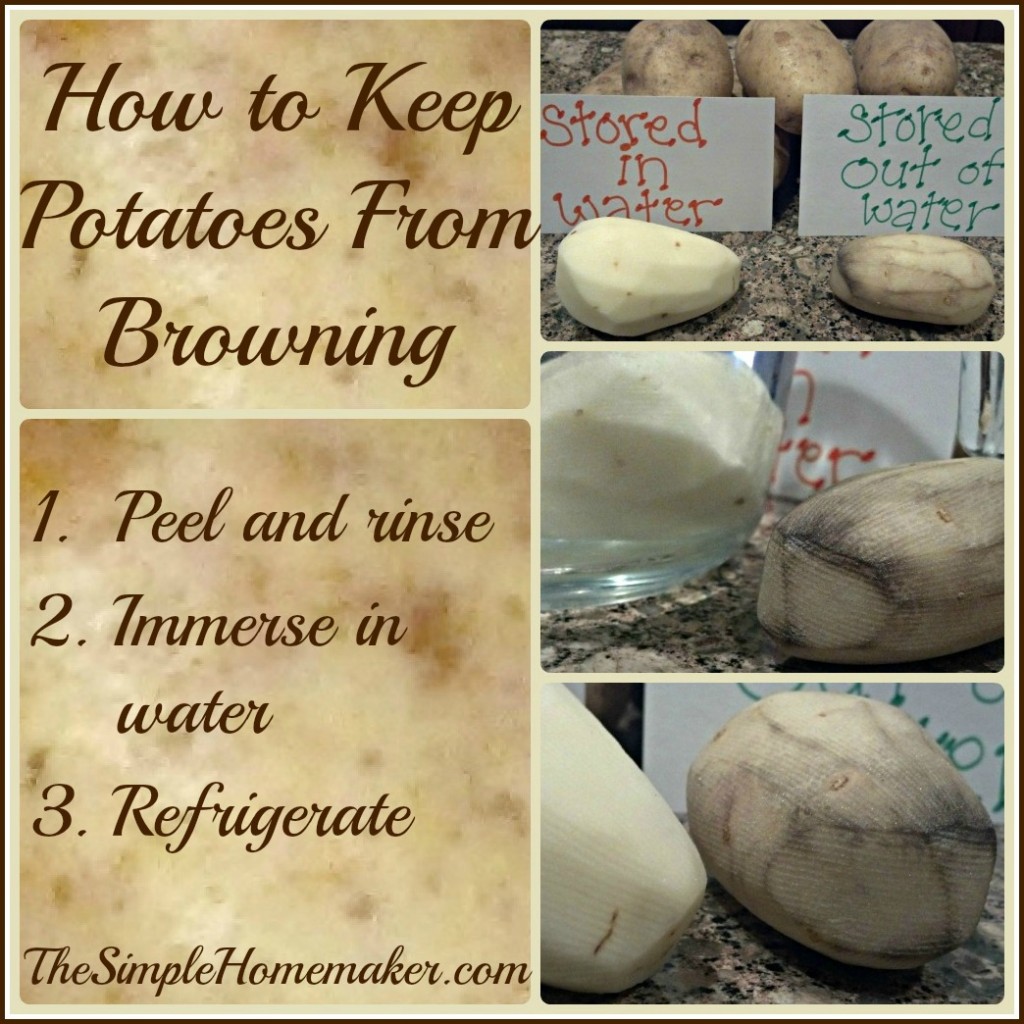

I love to prep as much of my major cooking ahead of time as possible, especially for Thanksgiving, Christmas, and Easter. (I’ve even fed the family breakfast before bed to get a jumpstart on the next day. Note to self: bad idea.) Sometimes my prep backfires, like when my pre-peeled potatoes turn brown.
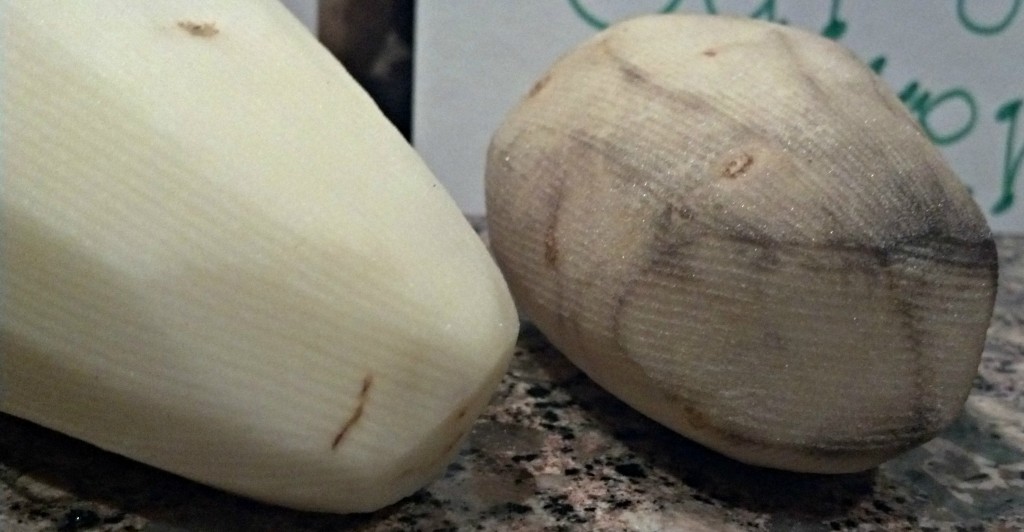
If I were to ask my husband about that phenomenon, he would draw on his pre-med training and say something all science-y, like the browning is caused when the polyphenol oxidase enzyme is released from the potato’s cells upon cutting. The enzyme immediately begins reacting with the oxygen in the air to turn the phenol compounds within the tuber brown in a process called oxidation.
Oxidation, shmoxishmation. I just call it ugly. They’re still perfectly edible, mind you, but they aren’t perfectly pretty. I like my taters to be pretty before I mash them into an unrecognizable pulp.
Here’s how you can get a jump start on your potatoes without the ugly.
How to Keep Potatoes from Turning Brown
![]() Peel and rinse the potatoes. (So far so simple.)
Peel and rinse the potatoes. (So far so simple.)
![]()
Place them (whole, sliced, or diced) in a bowl, pot, bucket, trough, whatever, and cover them completely with water. Completely! Taters in, air out.
![]() Store the bowl in the refrigerator. (I cheat on this step if I don’t have room in the frig. Shhh.)
Store the bowl in the refrigerator. (I cheat on this step if I don’t have room in the frig. Shhh.)
That’s it! Told ya it was simple. Simpler than that whole polyphenol oxidase thingie.
Notes:
I only do this overnight. Some people claim you can do this up to three days in advance as long as you replace the water and rinse the potatoes daily. Some people might be right about that. (See the comment section for other opinions.)
Others add a splash of lemon juice to keep potatoes from turning brown. This is a good practice for something that might be sitting in open air. Scientifically, however, the browning occurs when the potatoes come in contact with the oxygen in the air, which is an impossibility when the tubers are immersed in water whose oxygen is firmly bonded to hydrogen and won’t be oxidizing any taters. I save my lemons for lemon pie. Mmmm…pie.
I know you’re all itching to know why potatoes don’t turn brown after they’re cooked. Well, if I were to bother my pretty little head about such things, I would tell you that heat denatures the enzyme, rendering it inert, so it no longer reacts with the oxygen to transform the phenol compounds. (Heat kills enzymes.) But all that science just gives me a rash. ![]()
Another alternative: crockpot mashed potatoes
 My dear blog friend Stacy from Stacy Makes Cents has a recipe for crockpot garlic mashed potatoes in her e-cookbook, Crock On. Crocking your taters would entirely free you up from even having to think about them. It would almost be like having a personal chef make the potatoes for you, and all you had to do was eat them. Crockpots are neat like that.
My dear blog friend Stacy from Stacy Makes Cents has a recipe for crockpot garlic mashed potatoes in her e-cookbook, Crock On. Crocking your taters would entirely free you up from even having to think about them. It would almost be like having a personal chef make the potatoes for you, and all you had to do was eat them. Crockpots are neat like that.
Read my review about Crock On here, or, if you want the recipe for crockpot mashed potatoes for Thanksgiving and don’t want to bother with any ol’ reviews in case it talks about phenols and denaturing enzymes (which it doesn’t), buy it now for $5, or get it on Kindle. That’s how I’m making our mashed potatoes this year.
One more Thanksgiving tip:
Brine your turkey! It’s simple and makes all the difference for a juicy bird. Here’s how.
Jessica, I hope this tip for keeping potatoes from turning brown helps you out! Happy Thanksgiving! (Have a question? Submit it in the contact me section.)

